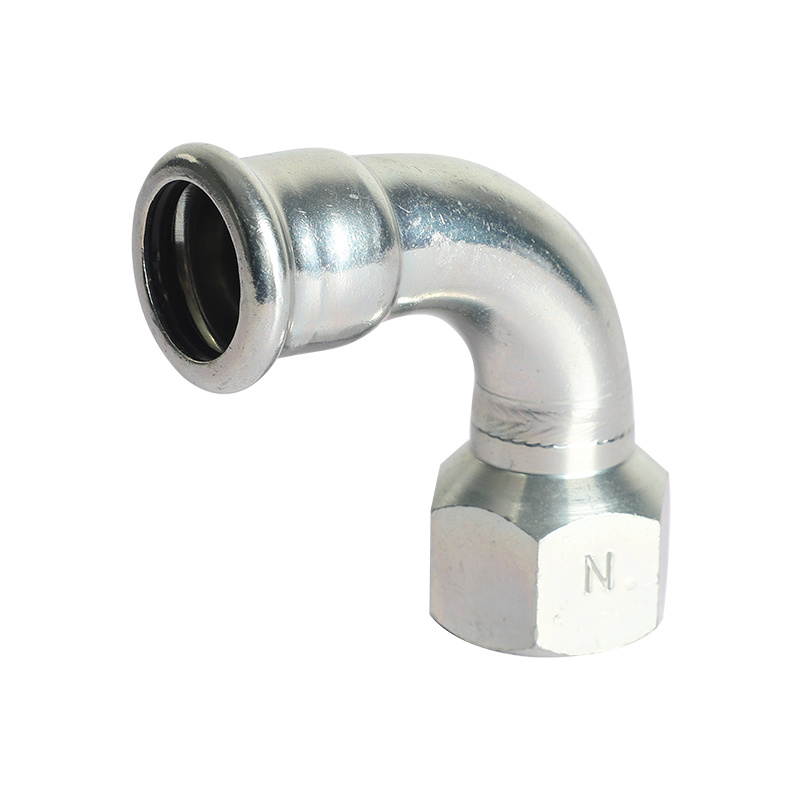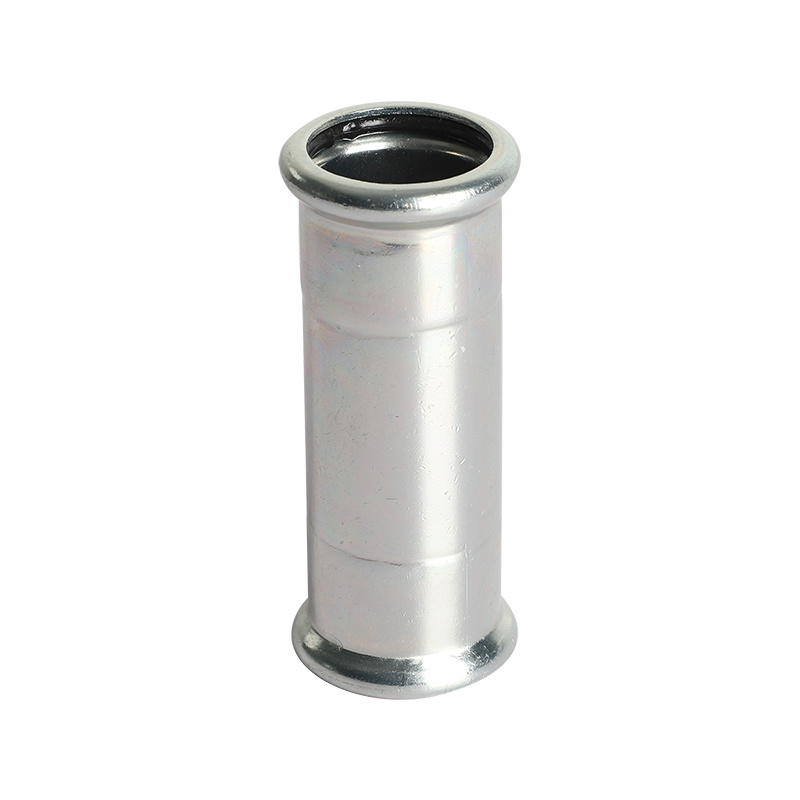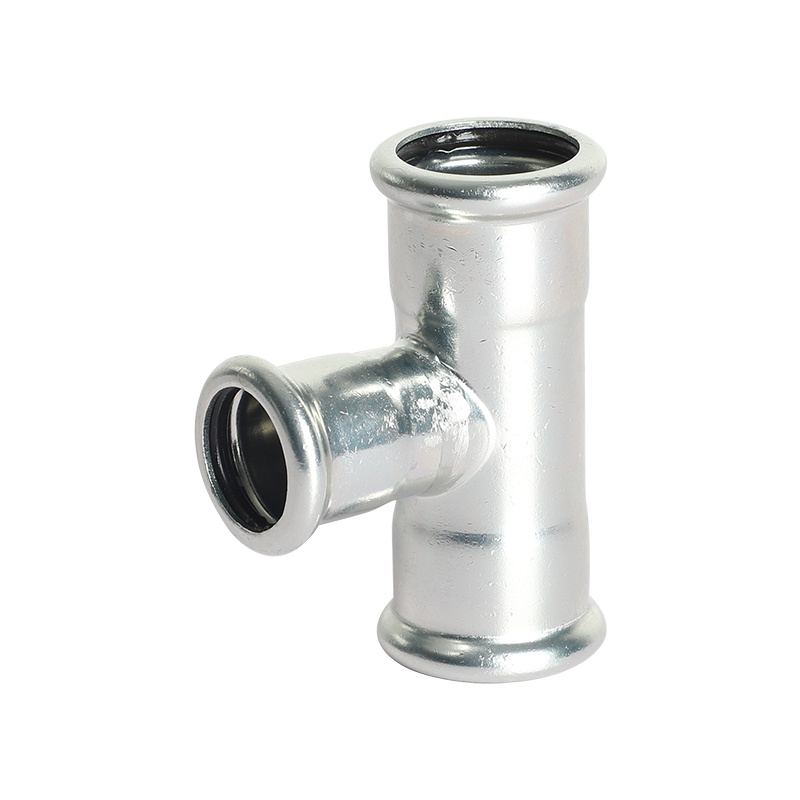Why Choosing the Right 90º Street Bend Can Make a Difference in Your Projects
Jun 22,2025
Why Choosing the Right 90º Street Bend Can Make a Difference in Your Projects
In the world of construction and decorative materials, making informed choices can significantly impact the quality and efficiency of your projects. One often-overlooked component is the **90º street bend**. This essential fitting plays a crucial role in various applications, from plumbing to electrical conduit installations. In this article, we will explore why selecting the appropriate 90º street bend can make a remarkable difference in your projects, enhancing not just functionality but also aesthetics and longevity.
Table of Contents
1. Understanding 90º Street Bends: A Comprehensive Overview
2. The Importance of Material Selection in 90º Street Bends
3. How Design Efficiency Influences Project Outcomes
4. The Role of 90º Street Bends in Various Applications
5. Common Mistakes to Avoid When Choosing 90º Street Bends
6. Maintenance and Care for 90º Street Bends
7. Future Trends in 90º Street Bends and Construction
8. Frequently Asked Questions (FAQs)
9. Conclusion
Understanding 90º Street Bends: A Comprehensive Overview
A **90º street bend**, often referred to as a street elbow, is a specialized fitting used in various piping systems. It allows for a change in direction, typically from horizontal to vertical or vice versa, facilitating fluid or electrical flow. Understanding the specifics of these bends is essential for achieving optimal results in your project.
These bends come in various materials, including **stainless steel**, **PVC**, and **copper**, each with specific properties that make them suitable for different applications. The choice of material can influence not only the bend's durability but also its compatibility with the rest of the system.
The Importance of Material Selection in 90º Street Bends
Choosing the right material for your **90º street bend** is crucial for ensuring longevity and efficiency in your project. Here’s a breakdown of common materials and their advantages:
Stainless Steel
Stainless steel is favored for its strength and resistance to corrosion. It is perfect for applications in **harsh environments**, where exposure to moisture and chemicals is common. Selecting a high-quality stainless steel 90º street bend can extend the lifespan of your piping system significantly.
PVC
PVC street bends are lightweight and easy to install, making them an excellent choice for residential projects. They are resistant to rust and corrosion, but less durable than stainless steel. For non-pressurized applications, PVC can be a cost-effective solution.
Copper
Copper is a traditional choice for plumbing systems. Its natural antimicrobial properties make it ideal for water supply lines. However, it can be more expensive and requires specialized skills for installation.
How Design Efficiency Influences Project Outcomes
Incorporating the right **90º street bend** into your design can enhance overall project efficiency. A well-designed system will minimize potential pressure drops and ensure a smooth flow of materials.
Streamlining Workflow
Selecting a bend that fits seamlessly within your layout can reduce installation time and labor costs. A mismatch can lead to complications, requiring additional components and adjustments that delay project timelines.
Optimizing Space Utilization
In tight spaces, the right 90º street bend allows for better space management. Avoiding unnecessary bends and turns can also improve the aesthetic of exposed piping, aligning with modern design principles.
The Role of 90º Street Bends in Various Applications
The application of 90º street bends spans multiple industries. Understanding the specific requirements of each sector can help in making informed choices.
Plumbing Systems
In plumbing, 90º street bends facilitate changes in direction for water pipes. A proper selection ensures optimal flow rates and minimizes the risk of leaks.
Electrical Conduits
For electrical installations, these bends protect wiring and create safe pathways for electrical currents. Ensuring adequate insulation and protection against environmental factors is critical.
HVAC Systems
In HVAC systems, the right bends can enhance airflow, leading to improved energy efficiency. This is vital for maintaining comfortable indoor environments while reducing costs.
Common Mistakes to Avoid When Choosing 90º Street Bends
Making a choice based solely on price or aesthetic can lead to significant issues. Here are common pitfalls to avoid:
Overlooking Compatibility
Always ensure that the 90º street bend you choose is compatible with other components in your system. Mismatches can create pressure drops and lead to costly repairs.
Ignoring Load Requirements
Each application has unique load requirements. Failing to consider these can result in structural failures, leading to project delays and increased costs.
Neglecting Quality Standards
Always prioritize high-quality materials and reputable manufacturers. Cutting corners on bends can compromise the entire system's integrity.
Maintenance and Care for 90º Street Bends
To ensure the longevity of your **90º street bends**, regular maintenance is essential:
Routine Inspections
Conduct routine inspections to identify signs of wear and tear. Check for leaks, corrosion, and structural integrity.
Cleaning Practices
For some materials, like PVC, regular cleaning can prevent buildup that affects flow. Use appropriate cleaning methods to preserve the material integrity.
Timely Replacements
If any bends show signs of damage, replace them promptly. Delaying replacement can lead to larger issues down the line.
Future Trends in 90º Street Bends and Construction
As technology advances, so does the construction industry. Upcoming trends in **90º street bends** may include:
Smart Materials
Innovations in materials could lead to more durable and sustainable options for street bends that require less maintenance.
3D Printing
The growing field of 3D printing could allow for custom bends tailored to specific project needs, enhancing design flexibility.
Frequently Asked Questions (FAQs)
1. What is a 90º street bend used for?
A 90º street bend is used to change the direction of piping in plumbing, electrical, and HVAC systems.
2. How do I choose the right material for my 90º street bend?
Consider the application environment, pressure requirements, and compatibility with existing materials.
3. Can I install a 90º street bend myself?
While some bends can be installed by DIYers, professional installation is recommended for more complex systems.
4. How often should I inspect my 90º street bends?
Routine inspections are recommended quarterly or biannually, depending on the environment and use.
5. What are the signs that a 90º street bend needs to be replaced?
Look for leaks, visible damage, or corrosion as signs that a replacement is necessary to maintain system integrity.
Conclusion
Choosing the right **90º street bend** can make a significant difference in the efficiency, longevity, and overall success of your construction and decorative projects. By understanding the importance of material selection, design efficiency, and the specific applications of these bends, you can make informed decisions that benefit your project in the long run. Avoid common mistakes, prioritize maintenance, and stay informed about future trends to ensure that your projects not only meet but exceed expectations. Investing in the right components today lays the foundation for successful outcomes tomorrow.
Latest News










